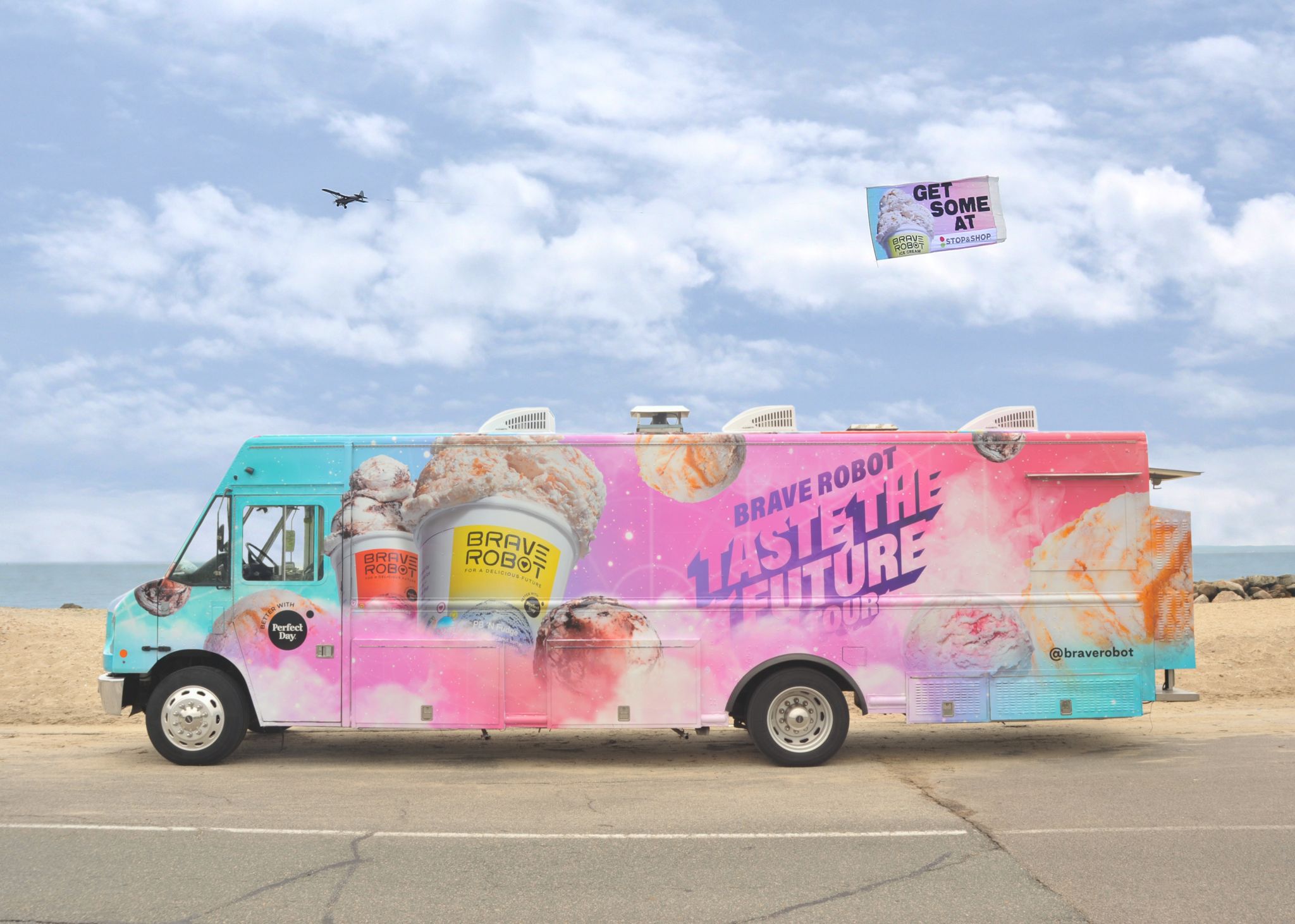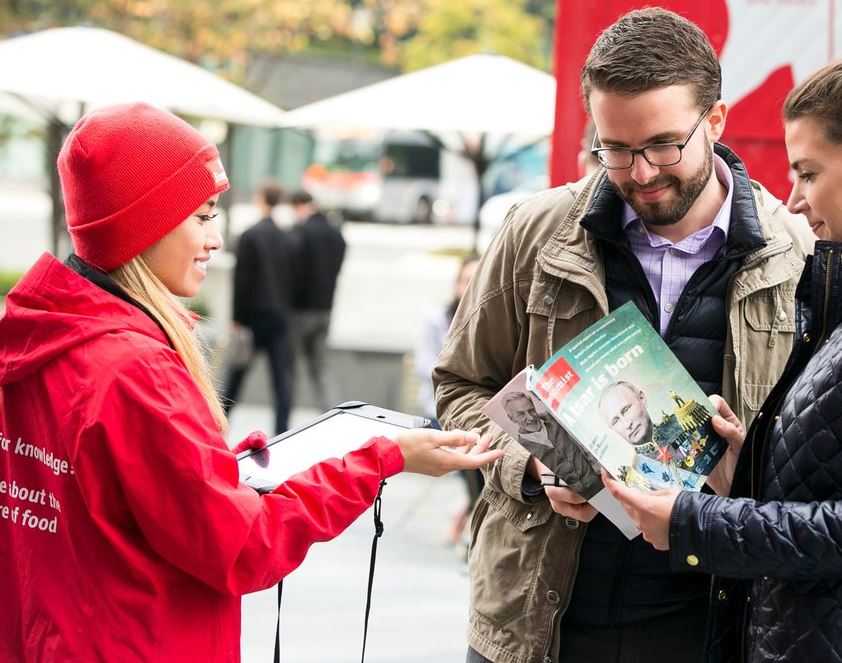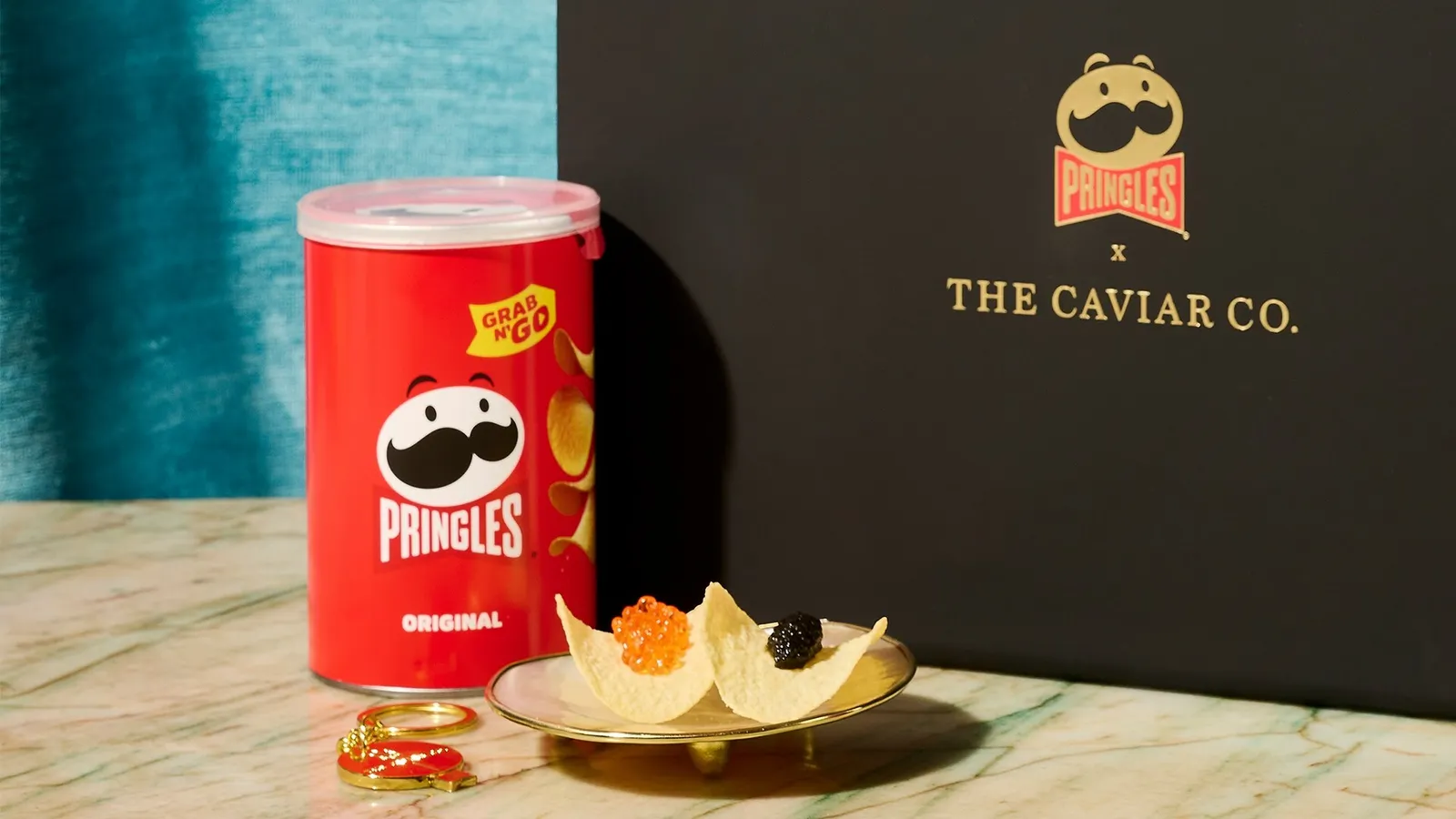
- Product Sampling
High-Low Snacking: Luxury Meets Daily Snacks
As brands look for new ways to surprise and delight visitors to their pop-up shops and activations, they’re exploring a new experiential marketing trend: high-low snacking, which mixes upscale or gourmet food items with classic or popular mass market snacks.
One example: Pringles topped with caviar. At Coachella in 2023, guests at a VIP event were served a variety of Pringles flavors topped with The Caviar Co.’s Kaluga Hybrid caviar. The snack blew up on social media, and the two brands began exploring ways to work together. One result: Pringles-and-caviar snack kits, sold online at Crisps and Caviar Collection.
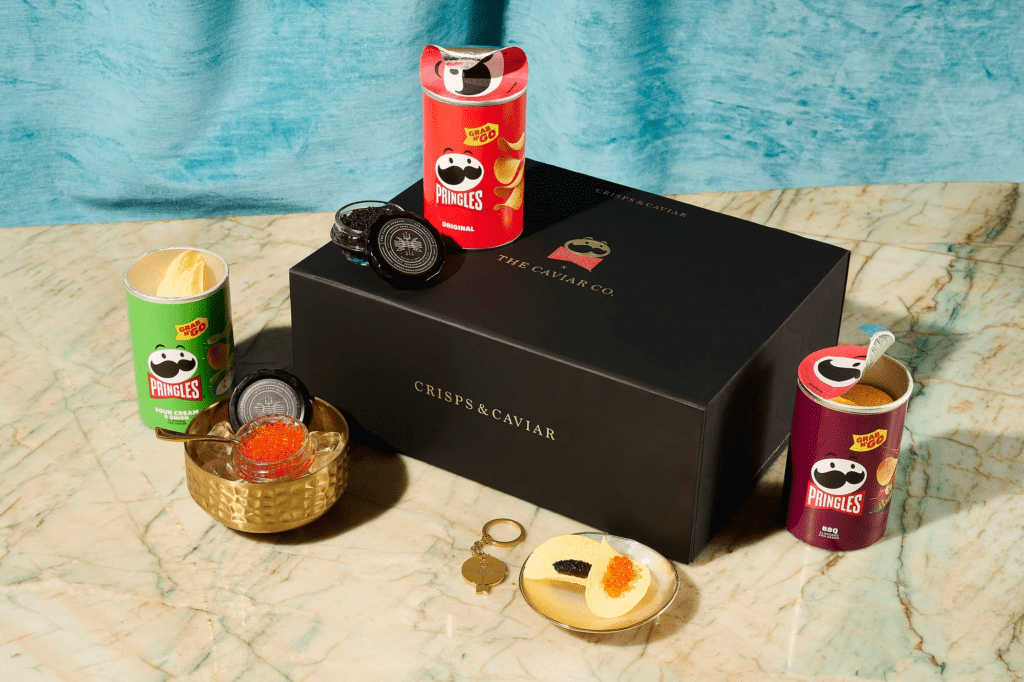

If the whole thing sounds odd to you, that’s part of the point: High-low snacking is about combining ingredients in unexpected ways to create a memorable culinary experience — and maybe some viral buzz.
What Is High-Low Snacking?
What counts as high-low snacking is subjective to some degree, but brand combinations playing around with this trend share some characteristics:
Mixing quality levels/price points
The heart of high-low snacking is pairing upscale foods with more widely available options. Many of us wouldn’t want to “waste” expensive treats by combining them with chips or cookies you can pick up at any convenience store, and that’s what makes high-low snacking intriguing.
Mixing familiar and unfamiliar (or less-familiar) foods
Often, though not always, high-low snacks combine foods you think of when you hear “snack” — chips, fruit, crackers, spreads — with items most of us think of as upscale. A typical example of high-low snacking: a childhood favorite many of us are nostalgic about, served with a food typically thought of as “for adults.”
However it plays out, the contrast is what’s intriguing and makes for a memorable experience. Visitors who might not be inclined to line up for a potato chip might get excited about it when it’s served with caviar — and they’re going to talk about it, and share it on social media.
Innovative flavor combinations
Using expensive cheese to make a plate of nachos? Not really high-low snacking, because cheese plus tortilla chips is what nachos are. Serving chunks of yellowtail sashimi with Nacho Cheese Doritos, on the other hand? That’s high-low snacking — creating unique and unexpected experiences.
Why High-Low Snacking, Exactly?
Although high-low snacking doesn’t necessarily refer only to the snacks, hors d’oeuvres, and samples served at marketing events, it’s become common at pop-ups and brand activations for many reasons.
Versatility
One of those reasons is versatility. High-low snacking can be anything the brand wants it to be. Because it mixes the common with the unusual, the upscale with the mass-marketed, high-low snacking suits a variety of occasions, from casual gatherings to formal entertaining.
High-low snacking can also offer a unique opportunity for brands to express something about their products, values, or personality. They can create themed foods and beverages that incorporate the brand’s products or, for non-food brands, capture something distinctive about the brand such as a signature color, a mood, or a merging of cultures.
Combining trendy and nostalgic
Maybe it was long hours at home with bored children, maybe it was a stress-induced need for comfort food, but the pandemic brought out the snacker in many of us — and also kindled a desire for nostalgic foods and flavors.
Few snack food brands carry more nostalgic weight than Doritos, a tortilla chip whose popularity spans multiple generations. When the brand launched its nacho cheese-flavored spirit in partnership with Empirical, it wanted the event’s theme and decor to “up-level what guests may have been expecting,” according to a bizbash article. The food, too, needed to exceed expectations, and in keeping with the overall theme of the event, included unique spins on classic hors d’oeuvres, “all incorporating Doritos as either the main flavor, as an added crunch, or even to replace ingredients like breadcrumbs.” One of the hors d’oeuvres at the event consisted of chunks of yellowtail atop Doritos — a perfect trend-meets-nostalgia high-low pairing if ever there were one.
Personalization and experimentation
High-low snacking encourages participants to explore and sample their snack pairings according to their tastes. It creates an opportunity to be a little adventurous in an environment that’s already exposing them to new ideas, products, tastes, or behaviors. High-low snacking also makes ingredients from other cultures, cuisines, and price points more accessible, giving visitors a way to bring home a novel experience as well as a fun memory.
Long-term food and beverage trends “indicate a growing appetite for discovery and delight in snacks,” notes The Hartman Group, a food and beverage research consultancy. That trend seems likely to hold for a while, as Gen Z consumers — just now coming into adulthood — are keenly interested in cross-cultural flavors, which The Hartman Group predicts will be a hot food trend in 2024. “Understanding when and how to blend flavors and formats for snacking innovations is critical for drawing in new consumers.”
How Can You Incorporate High-Low Snacking into Your Brand’s Next Event?
How can your brand capitalize on the high-low snacking trend? Even if your products are neither food nor beverage, there are many ways to take advantage of the engagement and social media buzz opportunities of high-low snacking.
Curated tasting events
For food and beverage brands, taste can be involved directly in the marketing campaign, but even for other brands, unique, branded refreshments during an event can make a big impact.
Creating a signature or exclusive food or beverage
Feature a specially crafted cocktail or hors d’oeuvre exclusive to a product launch party, pop-up, or activation. When Tazo wanted to spread the word about its Cafe Collective supporting small, independent cafes, they partnered with celebrity Issa Rae for a pop-up event that featured an exclusive new beverage.
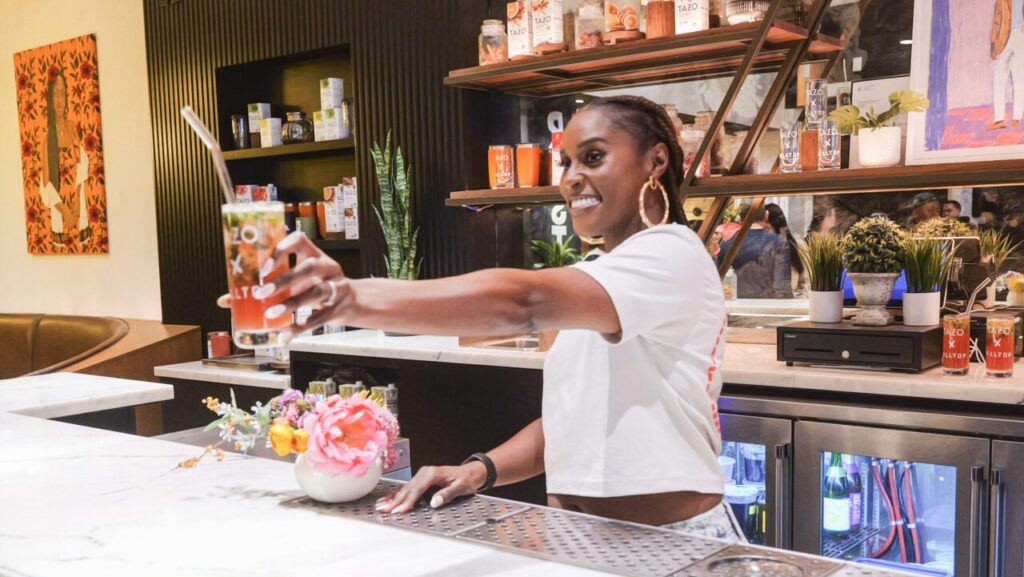

Expressing non-taste vibes through food and drink
Even brands that don’t directly deal with consumable products can still use food and beverages in their marketing campaigns. For instance, a fashion brand might serve cocktails that match the colors of their latest collection during a launch event.
Collaborations with chefs or artisans
Work with culinary experts or craft bartenders to create limited edition products or signature snacks that combine interesting flavors.
Cooking classes and workshops
Work with chefs or influencers to offer cooking classes or workshops on building high-low treats from carefully selected combinations of high-end and everyday ingredients.
Social media challenges
Offer your brand’s followers a chance to experiment by creating new or different flavor combinations, then post photos/recipes with a memorable, unique hashtag. Promote and share the best recipes.
Promobile Marketing is a dynamic experiential marketing agency based in New York City. For over a decade, Promobile Marketing has collaborated with a range of brands—from budding startups to major CPG brands—on immersive marketing campaigns. Get in touch to discuss your next project.
